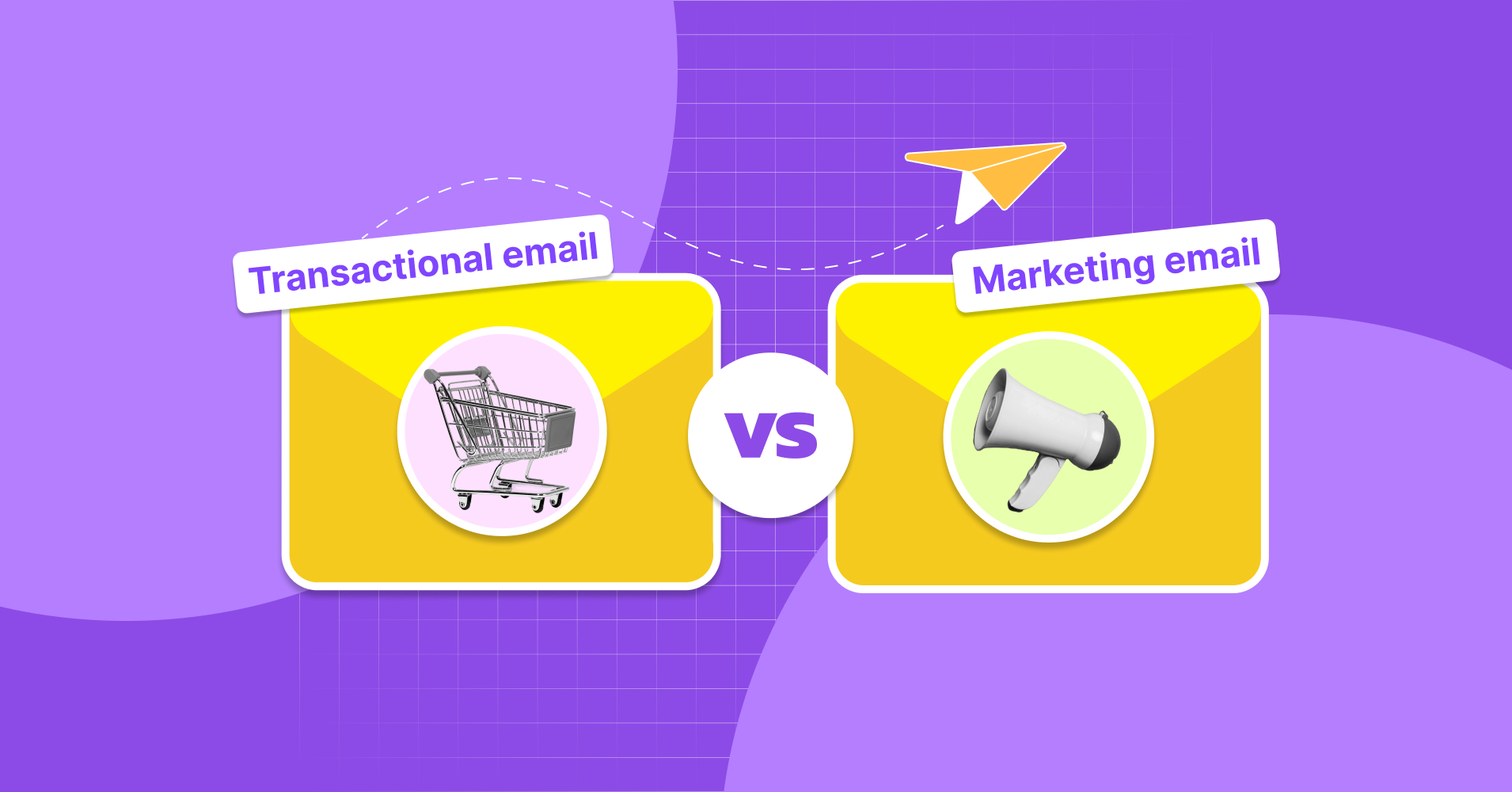
Transactional Email vs. Marketing Email: A Complete Overview
Transactional and marketing emails are like two key players on the same team. While each serves a unique purpose, together they create a dynamic duo that builds customer trust and drives engagement.
Transactional emails are the reliable ones—they quietly get the job done by delivering essential emails like order confirmations or password resets with an impressive open rate.
Marketing emails, on the flip side are the storytellers—capturing attention with special offers, product promotions, and engaging content. Their open rates may vary, but they shine in nurturing customer relationships and driving to take action.
In this article, we’ll break down the key differences between transactional and marketing emails, showcase real-world examples, and how you can send both emails from one platform.
Let’s get in.
What is a Transactional Email?
Transactional emails are automated messages that businesses send in response to specific user’s actions. These emails deliver essential information in real-time, helping users complete tasks, stay informed, or confirm their actions.
Unlike commercial emails, transactional email focuses on clear communication between businesses and their users.
Examples: Here are some transactional email services examples–
- Signing up email
- Password reset
- Order confirmation email
- Newsletter subscription email
- Shipping notification email etc.
Because they are highly personalized emails and sent instantly, these emails help build customer loyalty and strengthen the customer experience. Transactional emails ensure users feel valued and keep them informed by delivering timely and relevant information.
Pro Tip: With FluentSMTP you can send transactional emails using popular SMTP services within your WordPress website. And these servers are designed to handle high volumes of emails.
Characteristics of Transactional Emails
Sending transactional emails is not for promotions or sales but for serving a functional need. Now, let’s discuss common features so that you can get deeper insights into transactional email:
- Triggered-Based Sending: Transactional emails are automatically sent in response to specific user actions or events. This can include signing up, resetting a password, or completing a purchase.
- One-to-One Communication: These are highly personalized emails and triggered immediately after a user’s action. This ensures timely and relevant communication that aligns with the recipient’s expectations.
- Non-Promotional Content: Its primary goal is to provide essential, functional information rather than promote products or services.
- Carry Significant Information: Often deliver critical information that the user needs or expects. This includes shipping updates, order confirmations, service alerts, and account changes.
- Compliance-Friendly: Transactional emails generally fall outside the scope of strict marketing email regulations, as their primary intent is not promotional but informational.
- High Deliverability: Since transactional messages contain important information, email providers prioritize them over promotional messages, making sure they land in the inbox and avoid spam filters.
- Time-Sensitive: These emails are typically time-critical, providing recipients with information they need immediately or within a short timeframe. Examples include password resets, order confirmations, etc.
What is a Marketing Email
A marketing email is a message sent to potential customers to share exciting updates, special offers, or event invitations. Its goal? To grab customer attention, keep them informed, and maybe even encourage them to take action—like exploring a new product or signing up for something interesting.
Unlike transactional emails, which users receive automatically after making a purchase or resetting a password, marketing emails are sent on purpose and at the right time to keep your potential customer engaged. Because they’re promotional, businesses need user permission to send them.
These emails could include—
- Promotional Emails
- Welcome Emails
- Newsletters
- Discount Emails
- Product Announcements etc.
Pro Tip: With FluentSMTP, you can easily send both transactional and marketing emails separately, thanks to advanced features like conditional smart routing and multiple SMTP connections. Plus, you don’t have to worry about email deliverability—it’s all handled smoothly.
Characteristics of Marketing Emails
Marketing emails focus on promoting products, services, or events and engaging with potential customers to achieve specific business goals. Now, let’s explore the key features of marketing emails to give you a clearer understanding:
- Permission-Based Sending: Marketing emails are sent to recipients who have actively subscribed or opted in. Subscribers usually sign up through website forms and landing pages to receive quality digital marketing content.
- Comply with Legal Regulations: Marketing emails must adhere to privacy and data protection laws like CAN-SPAM ACT and GDPR. These laws require transparency, permission-based sending, and a clear way for recipients to opt out.
- Active Opt-In Required: Recipients must give explicit consent to receive marketing emails. This means businesses should offer a clear opt-in process. Double opt-in is always the preferred method to verify the recipient’s intent and keep email lists clean and engaged.
- Include an Unsubscribe Option: Marketing email provides an easy-to-find unsubscribe link. It ensures compliance with legal standards, enhances user experience, and helps maintain a clean email list.
- General Content for All Recipients: Marketing emails typically send the same content to all recipients as part of a campaign, such as promotional offers, newsletters, or event announcements.
- Performance Tracking: Metrics like open rates, click-through rates, and conversion rates are monitored to measure the effectiveness of the email campaign and optimize future emails.
Transactional Email vs. Marketing Email: The Key Differences
The key difference between transactional emails and marketing emails lies in their purpose and content. It contains information about an action the recipient has already taken, such as a purchase confirmation or a password reset.
On the other hand, a marketing email intends to drive the recipient towards an action you want them to take, such as making a purchase or signing up for a newsletter.
Aspect | Transactional Emails | Marketing Emails |
Purpose | Email sent as a direct response that is triggered by the user’s action | Email sent to engage customers & drive conversions |
Content | Provide only the necessary information | Use creative visuals and storytelling to captivate the audience |
Trigger | Sent email only the user trigger any action | Sent as a part of trigger-by events like newsletter sign-up |
Content Specificity | Very specfic and simple | Use in-broader perspective |
Regulatory Compliance | Exempt from regulations like GDPR and CAN-SPAM | Need to follow strict regulations |
Delivery & Open Rates | High open rates | Open rates can vary depending on overall email |
Objective | Ensure smooth & transparent email communication | The goal is to engage, nurture & convert customer |
Let’s take a close look at transactional emails vs commercial emails to help you give a detailed idea to use email effectively for your specific goals:
Purpose
Transactional emails are sent as direct responses to a user action to get what they need—order confirmations, password resets, or shipping updates—quickly and efficiently. They’re all about delivering essential, action-driven information.
Marketing emails, on the other hand, are like an invitation to explore. They’re designed to engage, excite, and encourage recipients to get deeper into your brand with product updates, promotions, and compelling offers.
Content
Transactional emails are concise and directly tied to the user’s activity, providing only the necessary information. Examples include receipts, shipping details, or account notifications. These emails prioritize clarity and relevance.
Commercial emails use creative storytelling, visuals, and call-to-actions to captivate the audience. They may feature promotions, product highlights, or educational content. The goal is to inspire curiosity and encourage deeper customer engagement with email marketing strategy.
Trigger
Transactional email is automatically sent in response to specific user actions, like signing up, completing a purchase, or resetting a password. They are timely and always directly relevant to the user’s activity.
Marketing email is sent as part of a planned email campaign or strategy, triggered by events like newsletter sign-ups or shopping cart abandonment. Their delivery depends on timing and audience segmentation.
Content Specificity
Transactional email is simple and specific, including details like the recipient’s name, order information, or account updates. This ensures relevance to the user’s immediate needs.
Commercial email is broader, using customer behavior, preferences, and past interactions to create specific messages. This deeper customization creates a stronger emotional connection with the audience.
Regulatory Compliance
Transactional email is exempt from opt-in requirements because they are necessary for customer service. They are sent without prior consent as long as they fulfill a transactional purpose.
Marketing email must adhere to strict regulations like GDPR and CAN-SPAM ACT, requiring explicit user consent. They also need clear unsubscribe options to respect recipient preferences.
Delivery and Open Rate
Transactional email has high open rates because recipients expect and rely on them for critical updates. Their relevance ensures they are read promptly.
Marketing email open rates vary widely and depend on engaging email subject lines and strategic timing. Creativity and optimization are key to standing out in crowded inboxes.
Objective
Transactional email‘s primary objective is to confirm or inform, ensuring smooth and transparent communication with the user. They focus on functionality and reliability.
The commercial email goal is to engage, nurture, and convert. By building trust, and inspiring action, they aim to create long-term relationships, grow email lists, and drive sales.
Popular Transactional Email Examples
Transactional emails are a must-have for any online business or service. They’re those timely, helpful messages that keep users informed and make their experience smoother.
Let’s dive into some common types of transactional email templates and the key elements that make them so effective at keeping users engaged:
Signing Up Email
Customers expect responses after after a signup action. By sending appreciation messages, you gain customers’ confidence. This will help extend the engagement rate of the user’s experiences upon registering.
Examples:
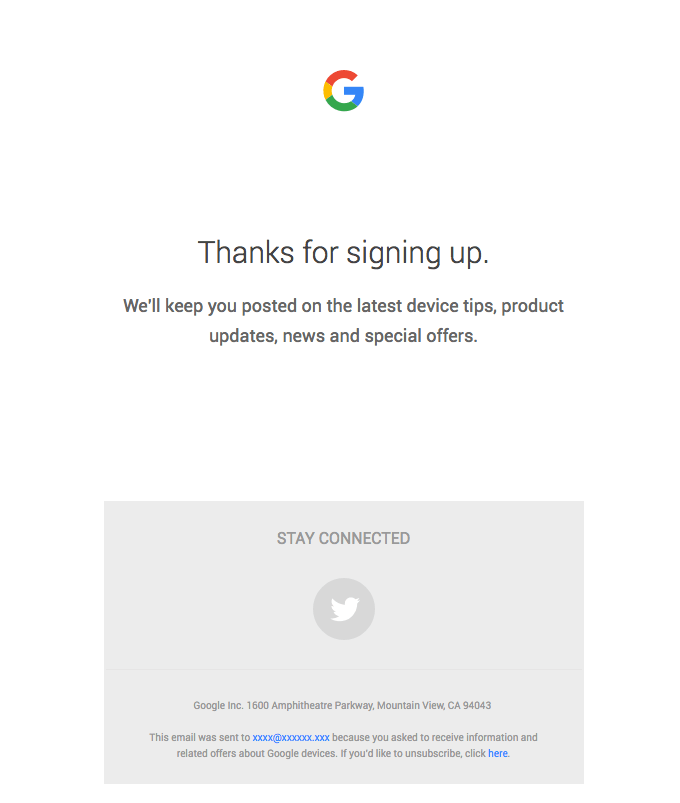
Password Reset Email
This email is sent when a user requests to regain access to their account after forgetting their password. It plays a crucial role in maintaining account security while providing a seamless way for users to reset their credentials.
This email should include — a clear guide, an eye-catching call-to-action, time-bound action, and clear instructions for reducing the risk of unauthorized access and confusion.
Example:

Order Confirmation Email
This email is expected immediately after completing a transaction to build customer loyalty and maintain a professional relationship with the customer journey.
Example:
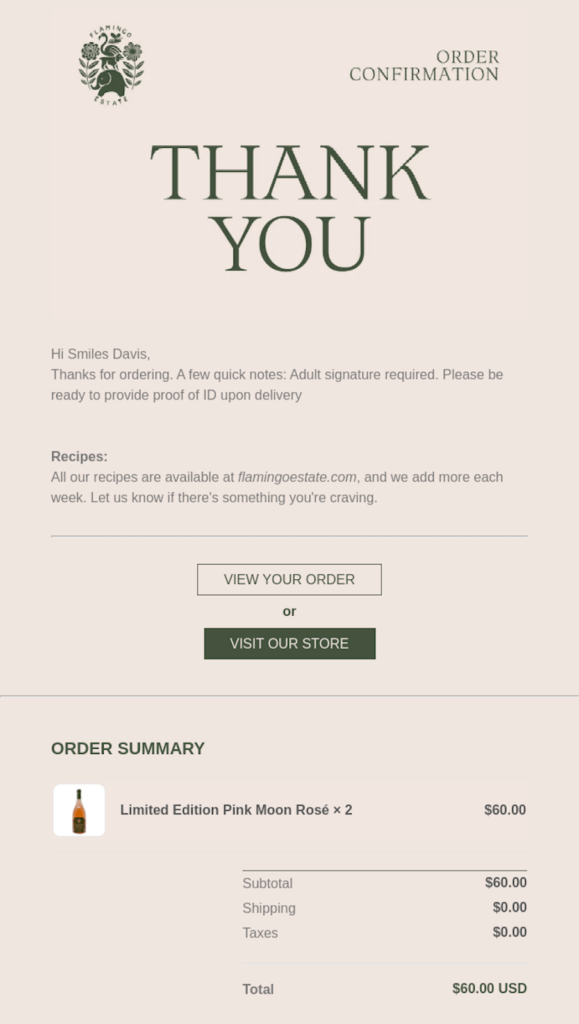
Shipping Update Email
Shipping update emails keep customers informed about their order status. These emails often include tracking details, shipping progress, and delivery notifications.
Examples:

Account Notifications
Account notification emails are sent to inform users about updates or changes to their accounts, such as login credential changes, suspicious activity, or subscription renewals.
Examples:
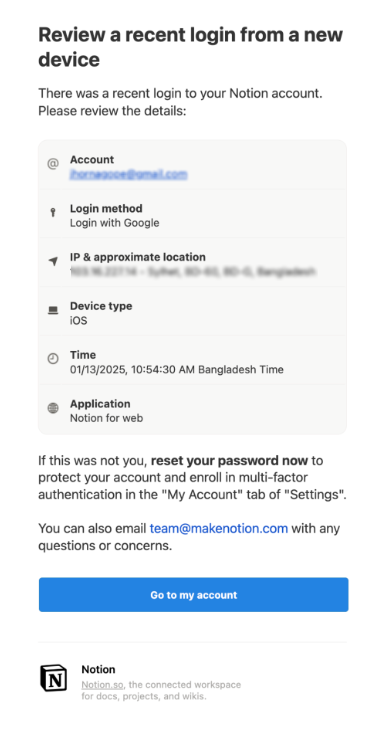
Feedback Request Email
After a purchase, businesses often send follow-up emails requesting reviews. While this serves a marketing purpose, it’s considered transactional because it’s triggered by the customer’s action.
These emails typically include—a direct link to a review platform, and an incentive, for the reason of submitting a review.
Example:
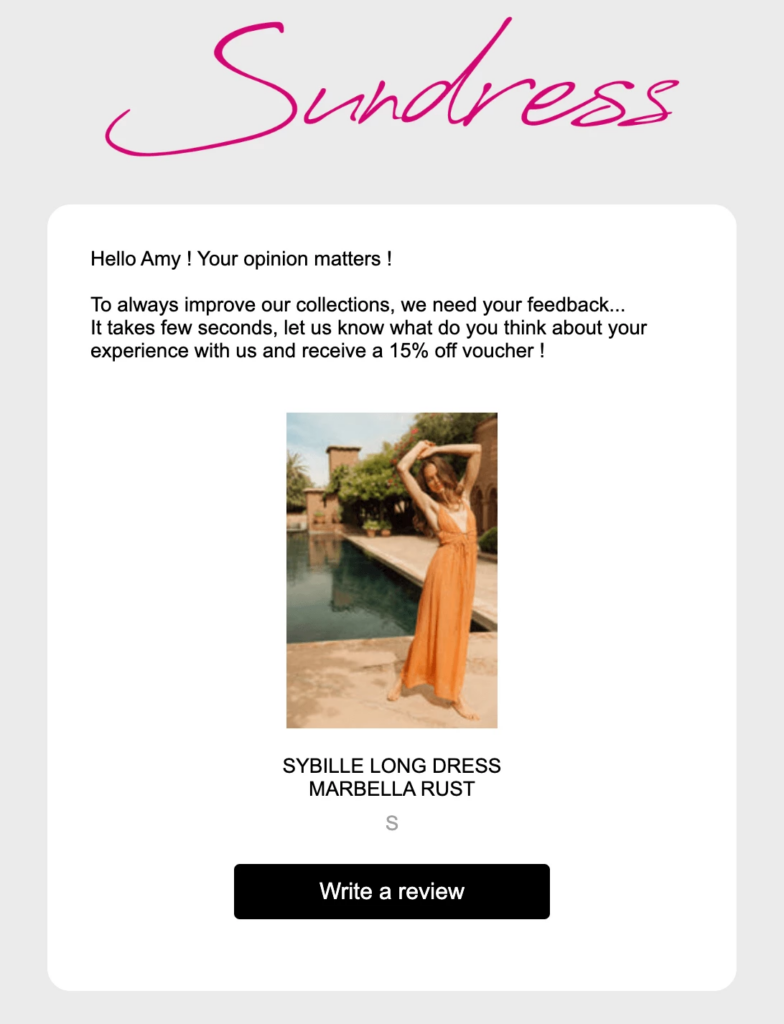
Popular Marketing Email Examples
Marketing emails are all about connecting with your audience and sparking their interest. They’re the perfect way to share exciting updates, promote special offers, or build deeper engagement.
Let’s explore some popular types of marketing emails and the elements that make them stand out and capture attention:
Promotional or Discount Email
Limited-time promotional emails are designed to encourage users to take immediate action by highlighting an exclusive deal. While these emails serve a marketing purpose, they often create urgency through a time-sensitive offer.
This email includes a discounted price, a prominent call-to-action button, and a detailed explanation of the product’s benefits to motivate users to upgrade before the deadline.
Example:

Welcome Email
When someone signs up, businesses often send a welcome email to say hello and help them get started. While it’s great for marketing, it’s technically a transactional email template since it’s triggered by the signup.
These emails usually include a warm greeting, a clear call-to-action like “Take a Ride,” and a quick intro to key features to get users engaged right away.
Example:
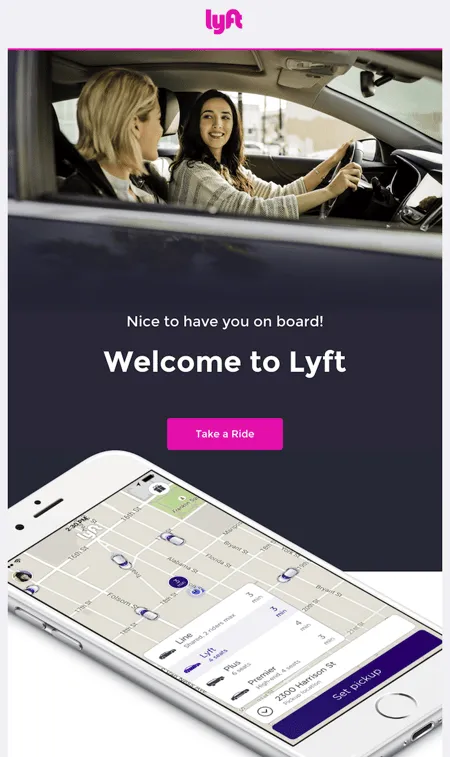
Newsletters Email
Newsletter emails provide subscribers with valuable updates, including company news, product or service enhancements, and newly published resources like blog posts, case studies, or guides.
They often feature a mix of informational and promotional content, keeping recipients engaged, informed, and connected with the brand’s latest offerings and developments.
Example:

Product Launch Email
Product launch emails announce the arrival of a new product or feature, generating excitement and encouraging engagement. These emails typically include key highlights of the product, its benefits, and how it solves customer pain points.
They often feature compelling visuals, a clear call-to-action, and links to explore or purchase the product.
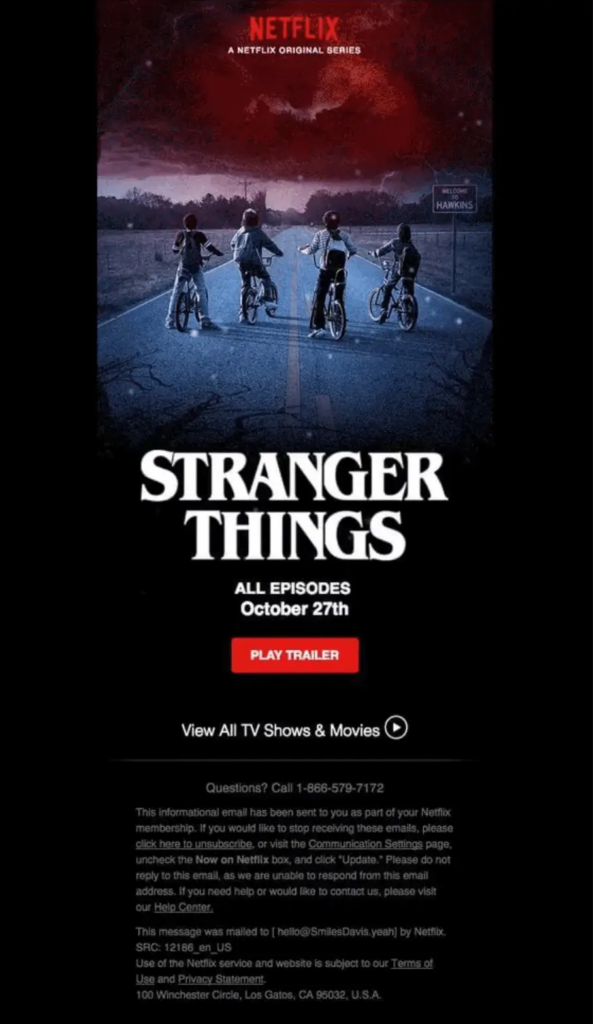
Send Both Transactional & Marketing Email with FluentSMTP
We all know that transactional and marketing emails serve different purposes and require unique email marketing strategies.
And the best part is: that whether you’re sending a transactional email or launching a marketing campaign, FluentSMTP makes it effortless and reliable—without any compromise on deliverability.
FluentSMTP is an all-in-one solution for managing both types of emails directly from the WordPress dashboard.
Need to send order confirmations, password resets, or other transactional email services? FluentSMTP ensures these critical messages are delivered quickly and efficiently every time.
For marketing emails, FluentSMTP pairs seamlessly with email marketing tools like FluentCRM for email campaigns, newsletters, promotional offers, and email automation.
Download FluentSMTP + FluentCRM and start automating your marketing & transactional emails!
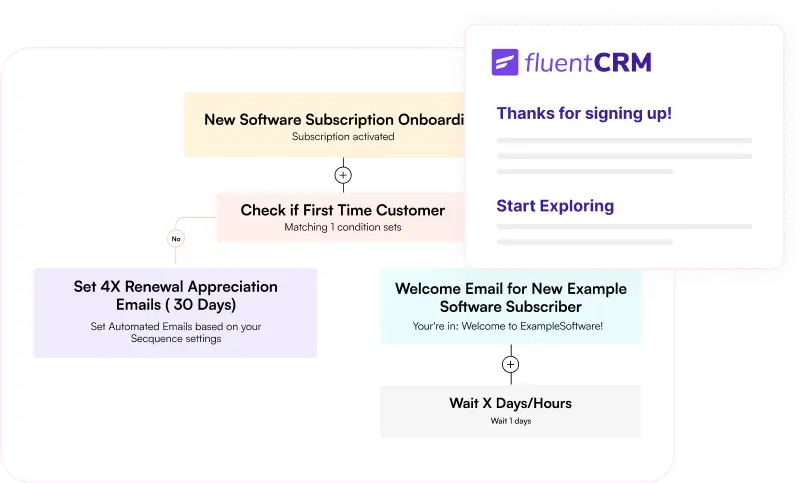
With advanced DNS configurations and support for leading email services like Amazon SES, SendGrid, and SMTP.com, FluentSMTP keeps your emails out of spam folders and ensures they reach your audience’s inbox without delay.
What’s even better? FluentSMTP supports multiple email connections, allowing you to separate transactional and marketing emails for better organization and optimized performance.
With FluentSMTP, managing all your email communication becomes smooth, efficient, and worry-free—so you can focus on building better customer relationships.

Jhorna Rani Gope
Meet Jhorna Gope, a passionate Digital Marketer and content-writing enthusiast. Along with this, she loves exploring new things with tech world, planting trees, and cherishing time with her family.
Table of Content
Subscribe To Get
WordPress Guides, Tips, and Tutorials







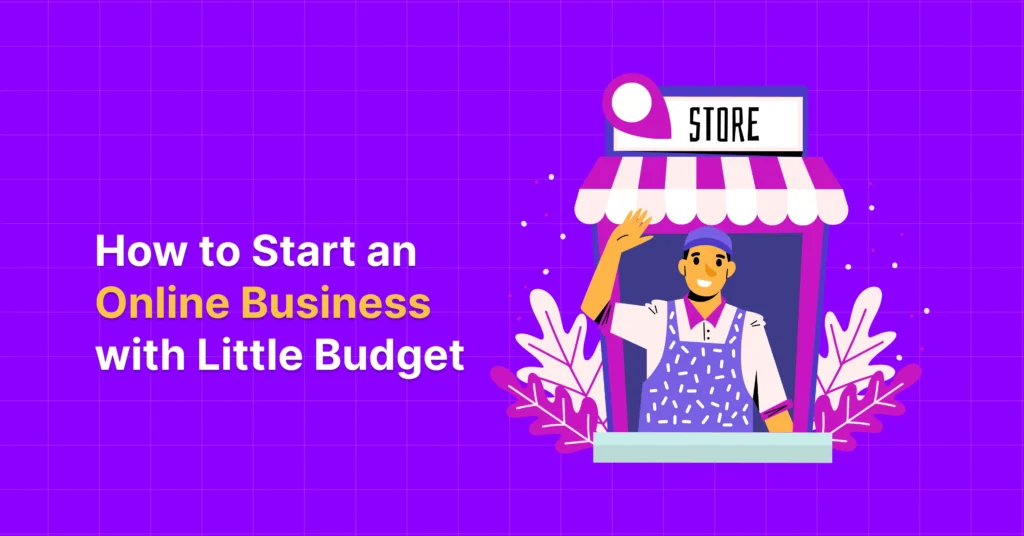




Leave a Reply